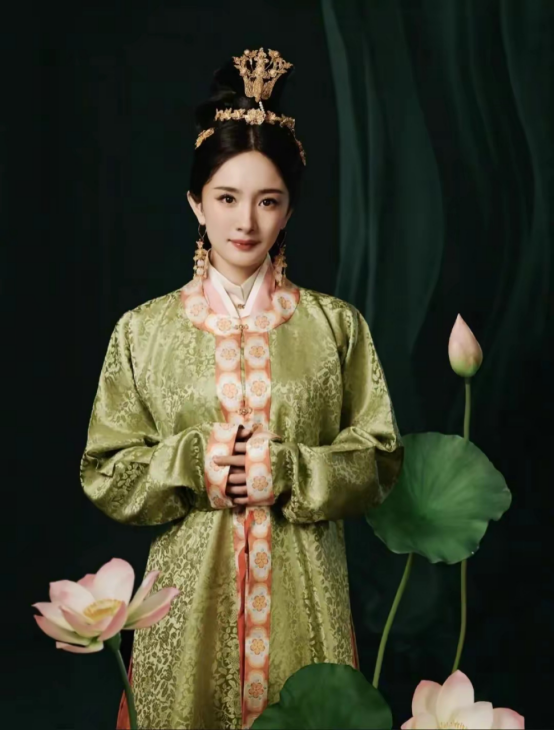Pairing Hanfu skirts with hair accessories showcases personal style and elegance. Wear an elegant Hanfu skirt with a delicate hairpiece to stand out in traditional or daily settings. Discover versatile styling ideas below to elevate your Hanfu look effortlessly.
What are the hair accessories?
As one of the traditional hair accessories, hairpins are familiar to everyone. In fact, traditional hair accessories are more than just that. How many names of Hanfu hair accessories can you name? There are many types of hair accessories, and common ones include ji (笄), zan (簪), chai (钗), buyao (步摇), bianfang (扁方), bi (篦), huasheng (华胜), dian (钿), etc. Traditional ones like ji, zan, chai, and buyao are very similar in shape, while bi, huasheng, gold dian, and silver dian can be distinguished at a glance. Although they are all used as decorations, they are worn in different positions.

Which was the earliest headdress?
The earliest headdress was ji, the predecessor of the hairpin. The main differences between them lie in shape and usage. Ji is long and straight, while hairpins come in various shapes. Ji was commonly used in women’s coming-of-age ceremonies and funerals, while hairpins were used to fix the hair. Chai is composed of two crossed hairpins, which has a better effect of fixing the hair. Meanwhile, it is also a love token. In ancient times, if a husband went far away, his wife would remove one chai to express her yearning. Buyao is a hairpin with pendants at one end, named for the swaying motion when walking. The shape of bianfang is usually flat and in a straight strip shape, with one end shaped like a scroll and the other end semicircular. The shape, length, and width of bianfang vary, with the widest being 4.3 centimeters and the longest over 30 centimeters, which was widely used in the imperial court. If you want to fix your hair, you can choose chai, while buyao is better as a decoration.

Bi is a hair accessory similar to a modern comb, the most common one in daily life, used for combing hair.

Huasheng
The outer contour of huasheng is generally circular or fan-shaped, while the interior is carved or inlaid with clusters of flowers. It can be inserted into the bun or worn on the forehead. The beautiful pendants worn on the forehead by characters in many ancient costume dramas are huasheng.

Dian
Dian comes in a variety of shapes, sizes, and forms. The dianzi (钿子) is like a phoenix coronet in the front, with a dianzi – shaped (winnowing basket-shaped) cover at the back, domed on the top and wide at the bottom, worn at the back of the head. The edge of the dianzi is designed like a hat brim. Specifically, when wearing the dianzi, the part close to the scalp is the edge, located in the front half of the dianzi, similar to the “collar” of a hat, tightly wrapping the head.
Today’s hair accessory market is full of diversity. In terms of materials, in addition to traditional metals and jade, there are also plastic, fabric, beads, rhinestones, etc. These materials enrich the colors and textures of hair accessories to meet the needs of different people. In terms of styles, hair accessories are dazzling. There are simple one-character clips suitable for daily work or school.
In addition, there are functional non-slip hair accessories suitable for sports, which can better fix the hair. Whether in the past or now, hair accessories have occupied an important position in people’s lives. These exquisite items are not only daily necessities but also carriers of aesthetics and cultural heritage. When we wear suitable hair accessories, we can make ourselves look more beautiful.







